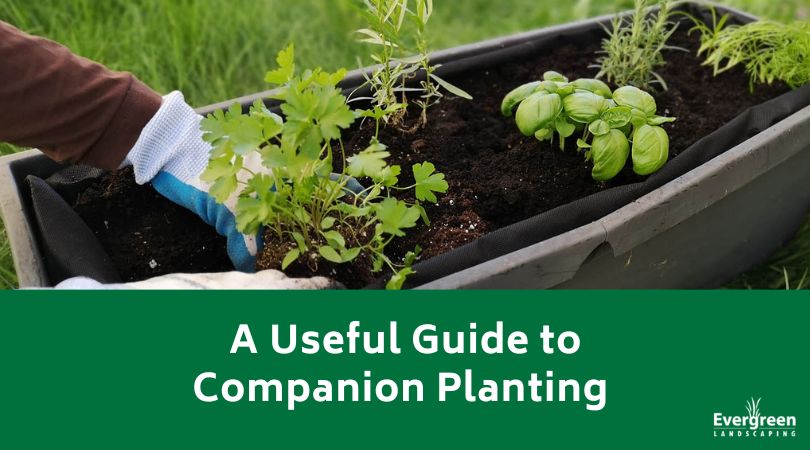
Companion planting is learning how to grow different vegetables or plants together for mutual benefits. There is a mixture of herbs, plants, and vegetables that all grow well together, but some will bully others. So, looking at this quick guide to give yourself a solid idea of how companion planting works is a good idea.
Companion Planting Cheat Sheet
Before considering companion planting, rotate your crops. Don’t plant the same garden crop in the same spot for more than one year because this can lead to disease spread, pest issues, and nutrient imbalances. If you rotate your crops and you’re ready to companion plant, the following list can help:
Beans
Broccoli, cabbage, carrots, cauliflower, corn, cucumbers, peas, potatoes, radishes, squash, and tomatoes
Carrots
Beans, peas, lettuce, onions, and tomatoes
Corn
Beans, cucumbers, peas, melons, potatoes, and squash
Cucumbers
Beans, beets, corn, onions, peas, and radishes
Peas
Beans, carrots, corn, cucumbers, eggplant, peppers, radishes, spinach, and tomatoes
Garlic
Beets, brassica, carrots, eggplant, peppers, potatoes, and tomatoes
Lettuce
Corn, pumpkins, and squash
Potatoes
Beans, brassica, corn, lettuce, radishes, and spinach
Tomatoes
Basil or other herbs, carrots, squash, and cucumbers as part of a three-way companion partnership
Herb Companion Planting
Not every garden is big enough to grow a range of crops needed for companion planting. However, this doesn’t mean that you can’t take advantage of herbs’ benefits, like repelling or trapping pests and attracting pollinators to the area. A few culinary herbs that can help repel pests and protect your crops using companion planting include but are not limited to:
- Basil
- Chives
- Cilantro
- Lavender
- Mint
- Rosemary
- Sage
- Thyme
Ideally, the goal is to allow your herbs to bloom, as this is when they’re at the most fragrant stage. In turn, this is when they do their best to repel pests, and they may even work well to repel deer or rabbits from your vegetable garden.
Companion Planting Mistakes to Avoid
Just like there are plants that play nicely together, there are those that clash. Generally, plants that compete for the exact nutrient needs, like space, sun, or water, shouldn’t be companion plants, either above the ground or at the root level. Likewise, crops with issues with the same plant diseases, like blight, shouldn’t be companion plants. You want to spread them out as far as possible to prevent them from spreading, and the same rule applies to plants with the same pest issues.
Also, some crops will stunt the growth of other plants. Fennel is a very popular example of a poor companion plant that you want to give its own spot in your garden a decent distance away from other crops. This stops it from slowly taking over and taking out your other plants.
Contact Evergreen Landscaping
Do you have more questions about companion planting? Maybe you’d like help setting up the perfect garden space. Whatever the reason, contact us. Our staff is happy to answer your questions and set up the perfect companion planting setting in your yard.
